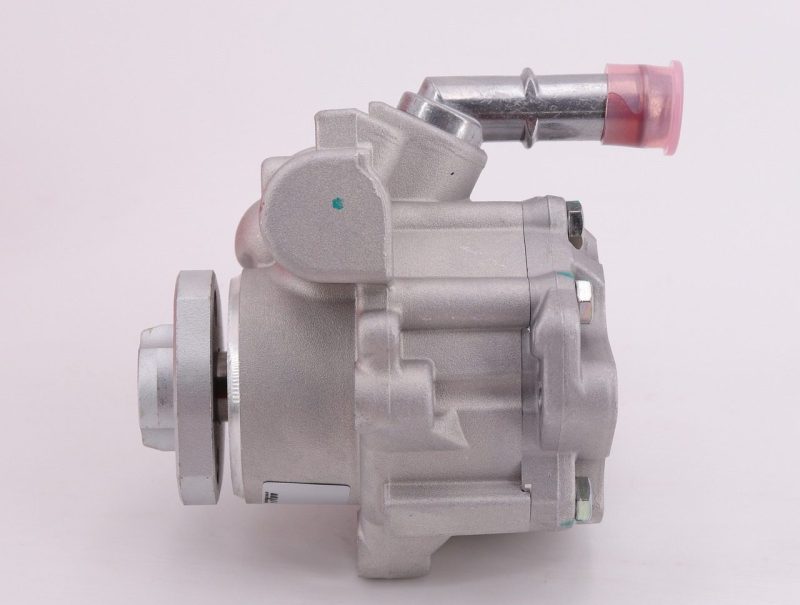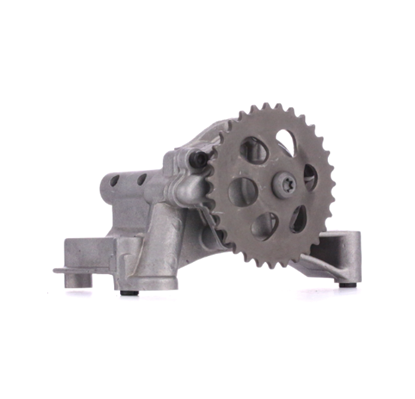The oil pump plays an important role in maintaining proper lubrication and preventing damage to your engine.
Over time, the oil pump can wear out or fail, requiring replacement.
This article provides a comprehensive guide on how to replace your vehicle’s oil pump to ensure optimum engine performance and longevity.
Step 1: Gather the necessary tools and materials
Before you begin replacing the oil pump, make sure you have the following tools and materials on hand.
- New oil pump
- Socket set and wrench
- Oil filter wrench
- Gasket scraper or razor blade
- Clean rag or cloth towel
- New oil and filter
- Goggles and gloves
Step 2: Prepare your vehicle
First, park the car on a level surface and engage the parking brake.
To avoid electrical failure, open the hood and disconnect the battery negative cable.
Place a drain pan under the engine oil drain plug and remove the plug to drain the old oil into the pan.
Step 3: Eliminate the required component
Depending on the make and model of your vehicle, you may need to remove certain components to access the oil pump.
Generally, it will be working to remove the oil pan, timing cover, timing belt and chain.
Follow the manufacturer’s instructions or refer to your vehicle-specific repair manual to determine the exact steps required for disassembly.
Step 4: Remove old oil pump
Once you have access to the oil pump, carefully remove the oil pump drive socket or chain from the engine.
Use a socket wrench to remove the bolts holding the pump to the engine block.
Once the bolts are removed, carefully pull the old oil pump out of the engine being careful not to damage surrounding components.
Step 5: Prepare a new oil pump
Transfer any necessary components or accessories from the old pump to the new pump before installing the new oil pump.
Make sure the mating surfaces of the pump and motor block are clean and free of dirt.
Apply a thin coat of oil-resistant sealant to the new pump seals to ensure a proper seal.
Step 6: Install new oil pump
Place the new oil pump on the engine block and align it with the mounting holes. Insert the pump bolt and tighten it with an appropriate socket or wrench.
Be careful not to overtighten the bolts as this may damage the pump or engine block.
Reconnect the oil pump drive socket or chain to the engine according to vehicle specifications.
Step 7: Reassemble the components
Reverse the disassembly procedure to put back parts such as the timing belt or chain, timing case cover, and oil pan.
Make sure all screws are torqued to the manufacturer’s recommended torque.
Step 8: Top up with new oil and test
After assembly, install a new oil filter and fill the engine with the correct amount and type of new oil.
Reconnect the battery negative cable and start the engine to check for leaks.
Check that the oil pump is working properly by looking at the oil pressure gauge or warning light.
Conclusion
Replacing your oil pump may seem daunting, but by following these steps, you can successfully replace your vehicle’s oil pump.
Always read your car’s repair manual for specific instructions and take necessary safety precautions.





